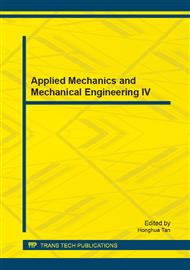p.475
p.479
p.485
p.488
p.494
p.499
p.505
p.511
p.519
Applying Technology Acceptance Model to Explore the Adoption of Hydrogen-Electric Motorcycle in Taiwan
Abstract:
With the highest concentration of motorcycles in Asia, Taiwan was caused a major traffic congestion and air pollution. To effectively reduce these environmental burdens, Electric Motorcycle Industry Development and Promotion Plan was passed by Taiwanese government. With this plan, people was encouraged to invest in mass production of electric motorcycles. This paper uses the Technology Acceptance Model (TAM) to explore consumers behavioral intentions and their influencing factors regarding using hydrogen-electric motorcycles. This is a first in hydrogen battery research, and also one of this papers contributions. Results show that consumers' innovativeness towards hydrogen-electric motorcycles does not significantly affect behavioural intentions. To increase customers' behavioural intentions towards hydrogen-electric motorcycles, the customers' innovativeness towards hydrogen-electric motorcycles should be strengthened by motorcycle manufacturers, and perceived risk should be decreased. Then, to improve customers behavioural intentions towards hydrogen-electric motorcycles in the end.
Info:
Periodical:
Pages:
494-498
Citation:
Online since:
October 2013
Authors:
Price:
Сopyright:
© 2014 Trans Tech Publications Ltd. All Rights Reserved
Share:
Citation:


